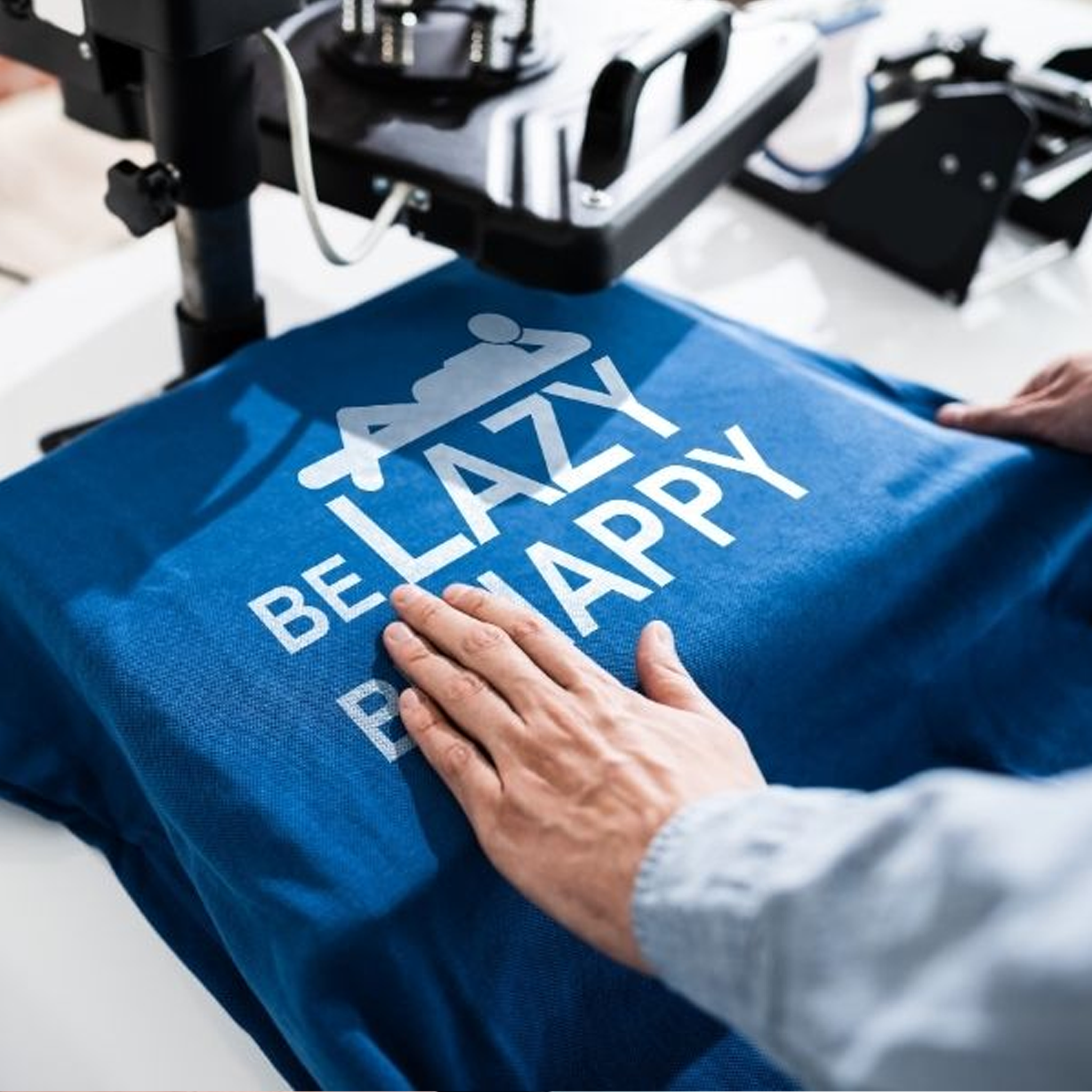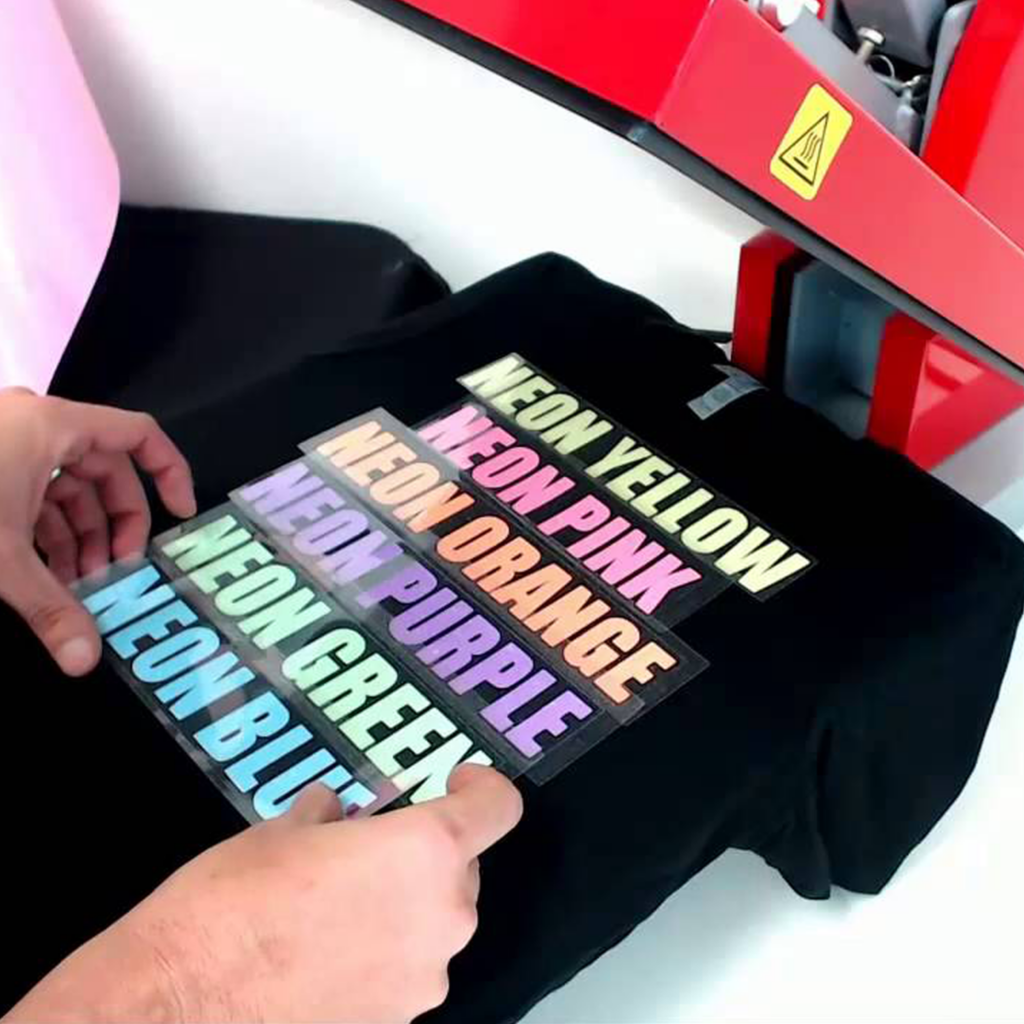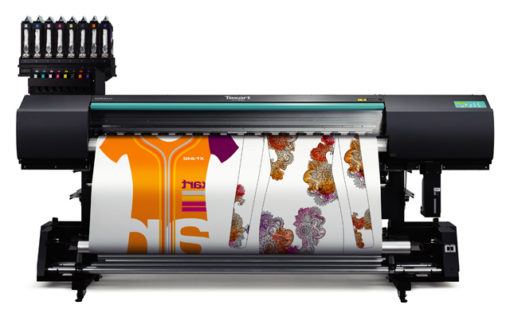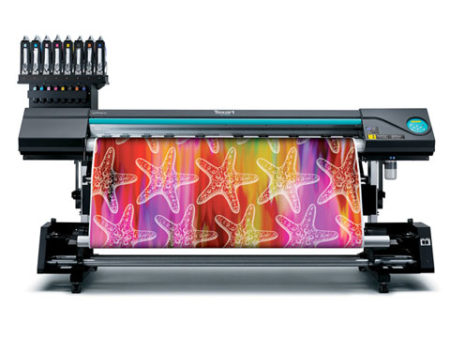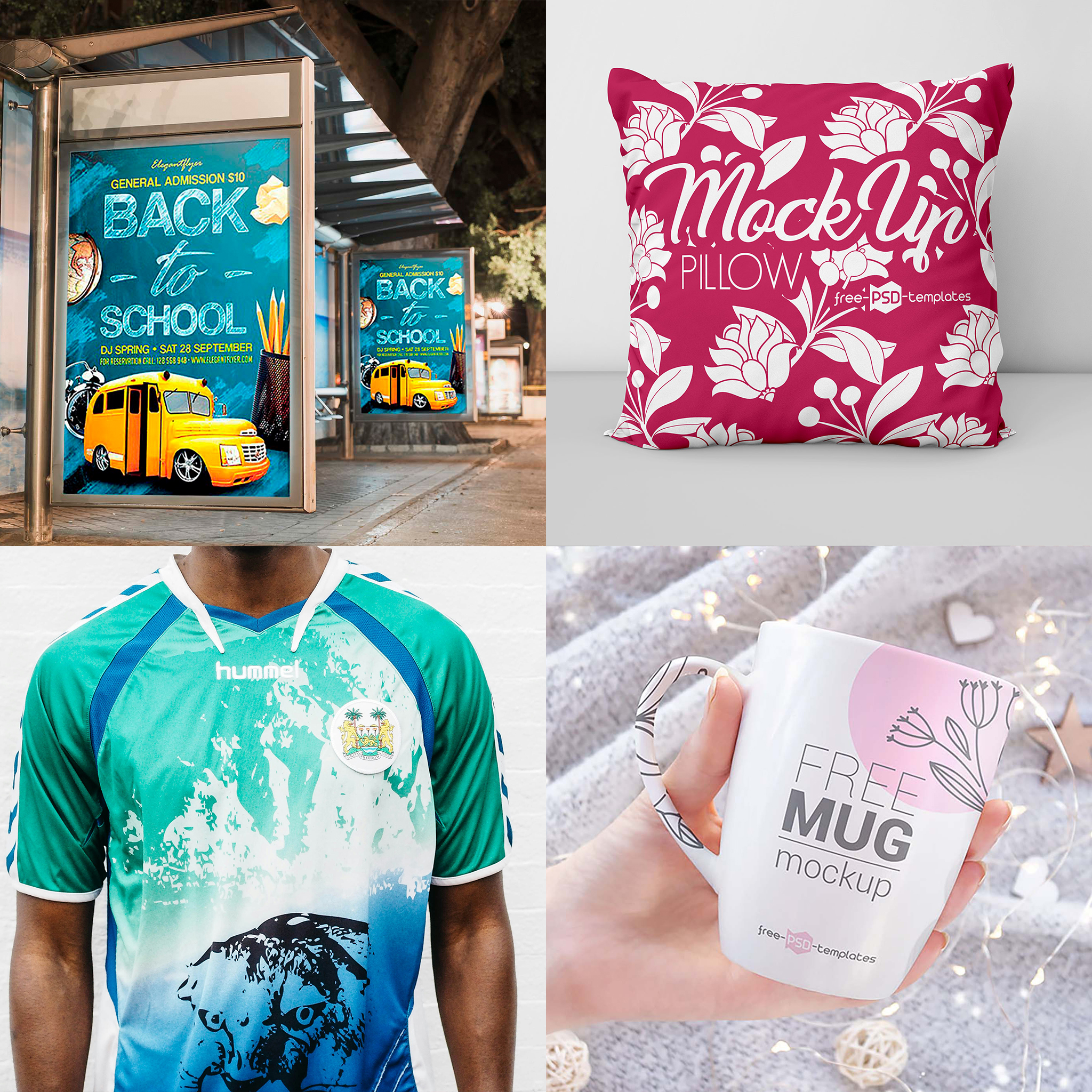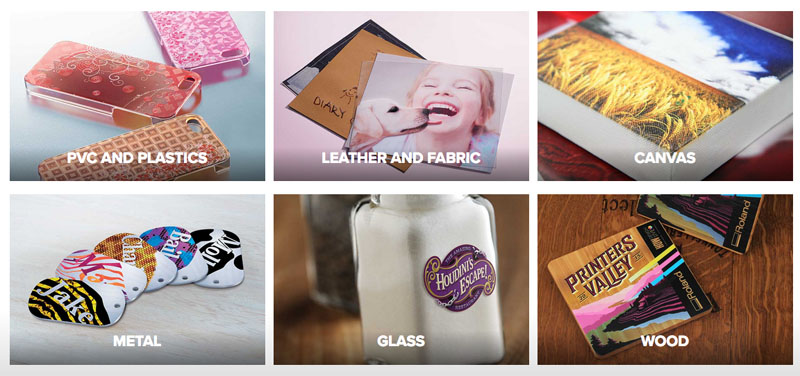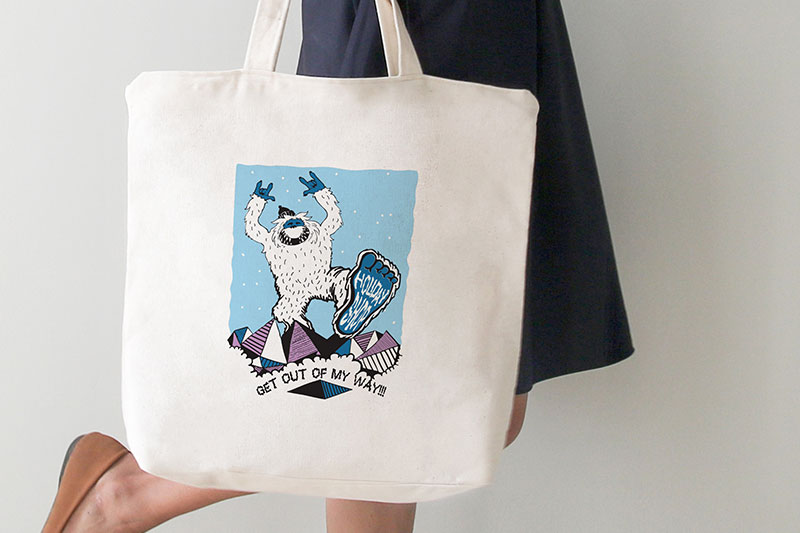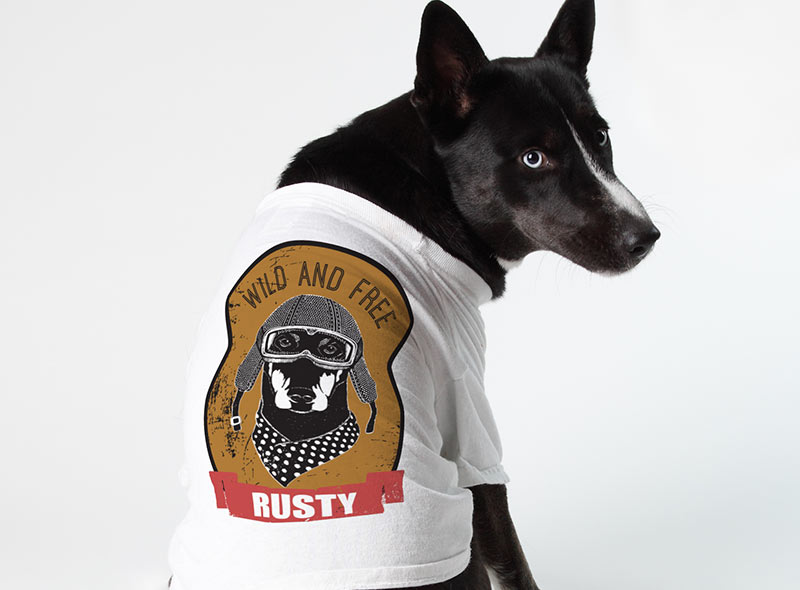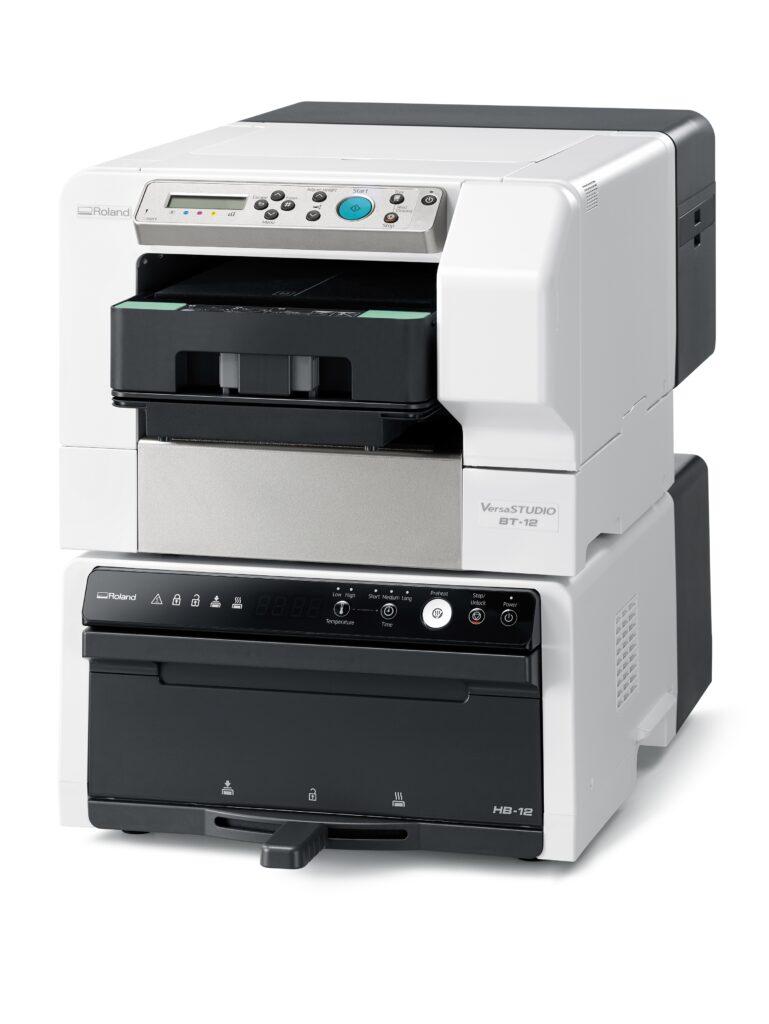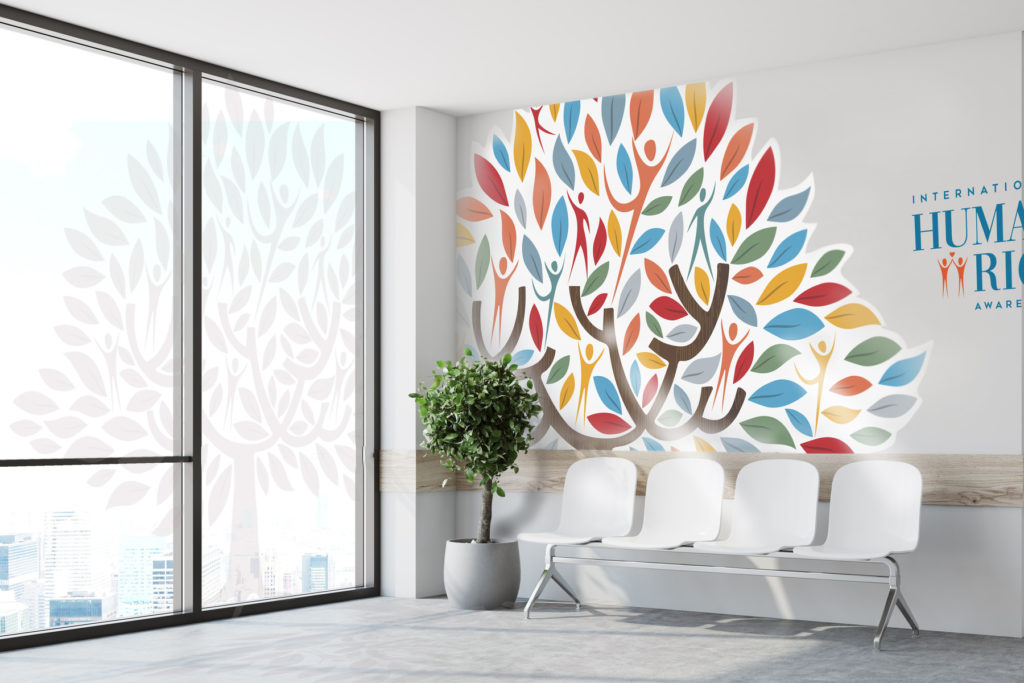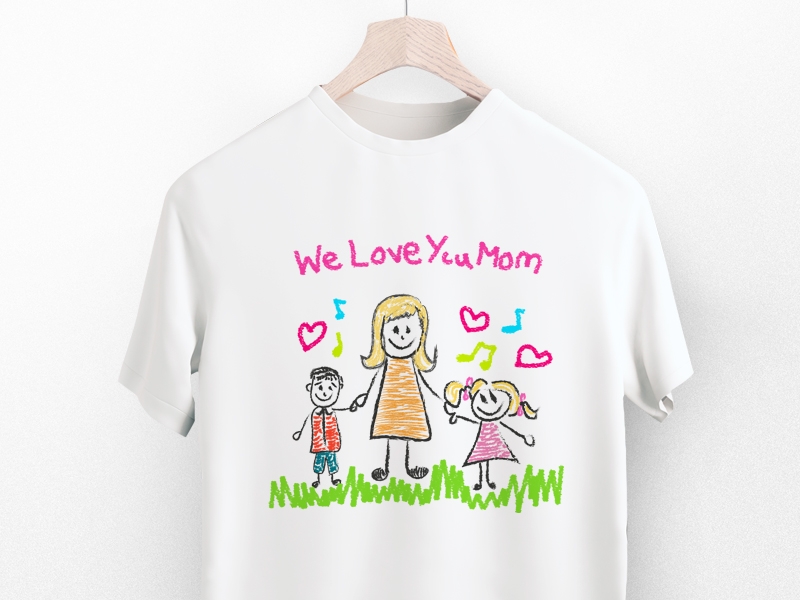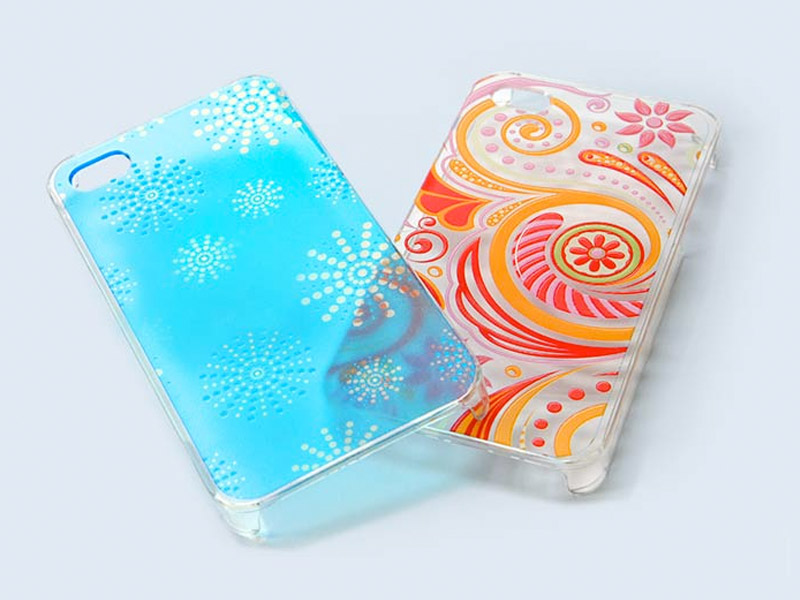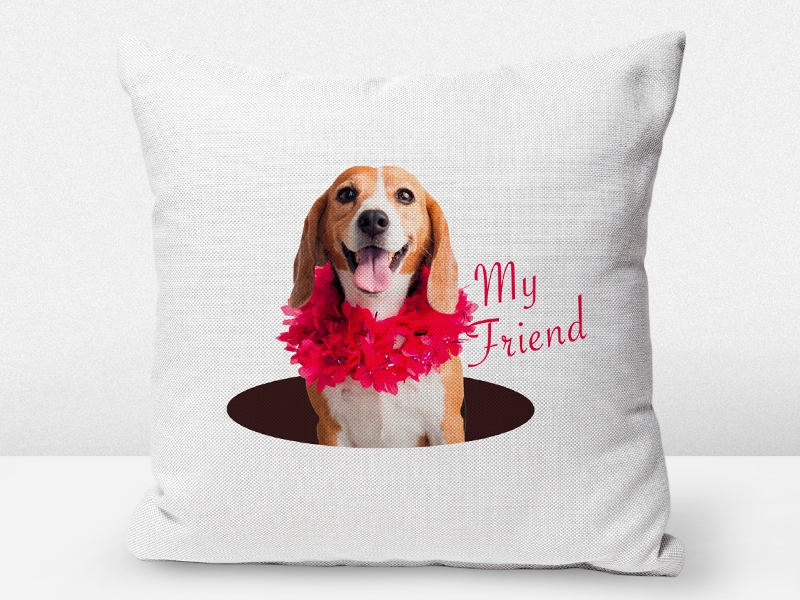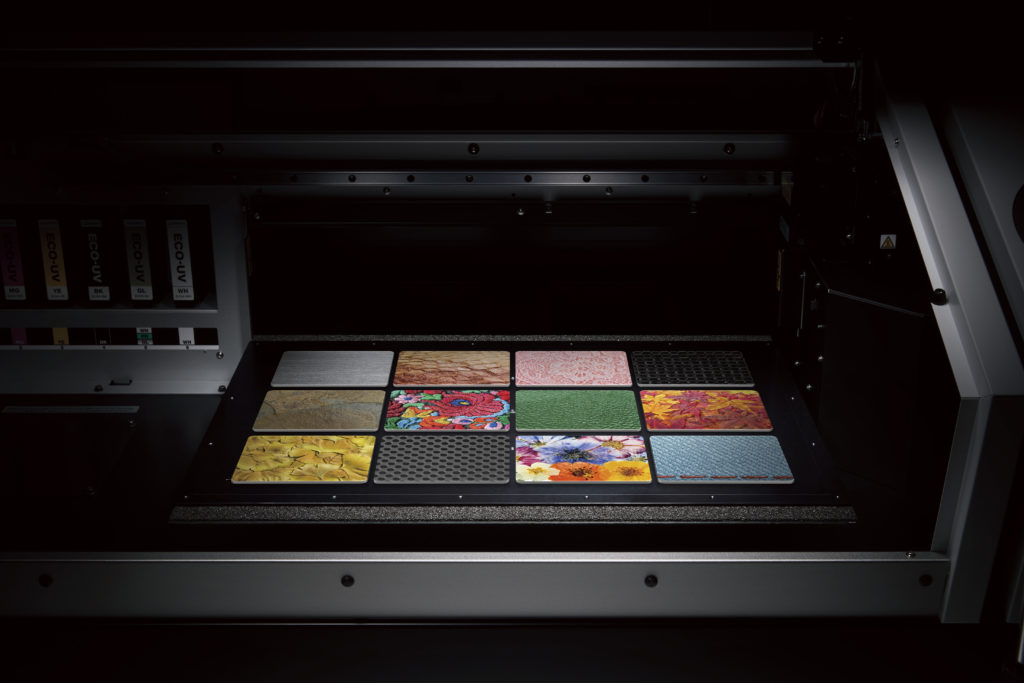Tag: heat transfer media
What is Heat Transfer Vinyl?
In the world of custom apparel and fabric decoration, Heat Transfer Vinyl (HTV) stands out as one of the most popular and accessible methods for adding unique designs to clothing, accessories, and promotional items. Known for its versatility, affordability, and ease of use, HTV has become a go-to option for small businesses, hobbyists, and large-scale production alike. Whether you’re starting a custom t-shirt business or just looking to create personalized gifts, understanding what heat transfer vinyl is—and how it works—can help you achieve professional results. In this article, we’ll explain everything you need to know about HTV, from its composition and application process to its benefits and common uses.
What is Heat Transfer Vinyl?
Heat Transfer Vinyl (HTV) is a specialized polyurethane (PU) material that can be cut into designs and applied to fabrics using heat and pressure. Unlike printed transfers, HTV does not involve ink; instead, it is a solid-colored material that is physically cut into shapes or lettering using a cutting machine. Once the design is cut and “weeded” (removing the excess material), it is placed onto the fabric and applied using a heat press or household iron.
HTV typically comes in sheets or rolls and includes a carrier sheet—a clear backing that holds the vinyl design in place during the transfer process. The adhesive on HTV is heat-activated, bonding the vinyl permanently to the fabric when heated at the correct temperature for a specified time.
Types of Heat Transfer Vinyl
One of the appealing aspects of HTV is the wide range of styles and finishes available. Here are a few common types:
- Standard HTV – A smooth, matte or glossy finish in a variety of solid colours.
- Glitter HTV – Adds a sparkle effect, ideal for eye-catching designs.
- Metallic & Foil HTV – Offers a shiny, mirror-like finish for bold, reflective prints.
- Holographic HTV – Creates a prismatic effect that changes colour depending on the angle.
- Stretch HTV – Designed for use on athletic wear and stretchy fabrics, providing flexibility and durability.
- Flocked HTV – Has a velvety, raised texture that adds a tactile dimension to designs.
- Glow-in-the-Dark HTV – Absorbs light and glows in dark settings, great for novelty items.
Each type of HTV may require different temperature and pressing settings, so it’s important to follow the manufacturer’s instructions for best results.
How Does HTV Work?
The process of using HTV involves several key steps:
- Design Creation – First, you create your artwork using graphic design software such as Adobe Illustrator or free alternatives like Cricut Design Space or Silhouette Studio. The design must be mirrored before cutting because it is applied face down on the fabric.
- Cutting the Vinyl – A vinyl cutter (e.g., Cricut, Silhouette Cameo, or Graphtec) cuts the design into the vinyl sheet. The blade cuts through the vinyl layer but not the carrier sheet.
- Weeding – After cutting, you remove the excess vinyl from around and within the design. This is called “weeding” and is usually done with a weeding tool or tweezers.
- Heat Application – Once the design is weeded, it’s placed vinyl-side down on the fabric, and a heat press or iron is used to apply heat and pressure. The temperature, pressure, and duration depend on the type of vinyl and fabric.
- Peeling the Carrier Sheet – After pressing, the clear carrier sheet is peeled away, leaving the vinyl design adhered to the fabric. Some vinyl requires a hot peel (removed immediately), while others require a cold peel (wait until cool).
What Can You Apply HTV To?
HTV is incredibly versatile and can be used on a wide variety of materials. Common applications include:
- T-Shirts and Hoodies – Probably the most popular use, HTV is ideal for customizing apparel with names, logos, slogans, and graphics.
- Hats and Caps – Special curved heat presses make applying HTV to hats much easier.
- Tote Bags and Backpacks – HTV adheres well to cotton, canvas, and polyester bags.
- Sportswear and Activewear – Using stretch HTV, you can decorate items like leggings, jerseys, and swimwear.
- Home Decor – HTV is often used on pillowcases, curtains, and towels to add a personal touch.
- Promotional Products – Businesses frequently use HTV for giveaways and branded merchandise.
Benefits of Heat Transfer Vinyl
1. Easy to Learn and Use
HTV is beginner-friendly. Even with minimal experience, you can start creating quality custom designs at home with just a vinyl cutter and a heat source.
2. Low Initial Investment
Compared to screen printing or sublimation, HTV requires relatively little equipment, making it an affordable entry point for small businesses and crafters.
3. Great for Small Batches
HTV is perfect for producing small quantities or one-off designs without costly setup.
4. Durable and Washable
When applied correctly, HTV can withstand multiple washes without peeling or fading, making it suitable for regular wear.
5. Wide Range of Styles
The variety of finishes—such as glitter, metallic, and textured options—allows for creative freedom and eye-catching designs.
Considerations Before Using HTV
While HTV offers many benefits, there are some limitations:
- Not ideal for large volume runs – For large-scale production, methods like screen printing or DTF might be more efficient.
- Limited to single-color layering – Although you can layer some types of HTV, it can become bulky and time-consuming.
- Not suitable for all fabrics – HTV adheres best to cotton, polyester, and blends. Some synthetic or heat-sensitive fabrics may not work well.
Heat Transfer Vinyl is a powerful tool for anyone looking to personalize or produce custom garments and fabric items. Its affordability, ease of use, and professional finish make it ideal for beginners and small business owners alike. Whether you’re starting a side hustle or adding HTV to your existing custom printing service, it offers the flexibility to create high-quality, unique designs with minimal equipment and training. With the right tools and a bit of creativity, HTV can help you bring your design ideas to life and grow your brand in the custom apparel space.
If you’re envisioning a successful venture in the world of vinyl printing, look no further. PRINTFINISH is here to support your journey every step of the way. Let’s turn your vinyl printing business into a thriving reality. Contact us today to explore the endless possibilities that vinyl printing can offer your enterprise.

